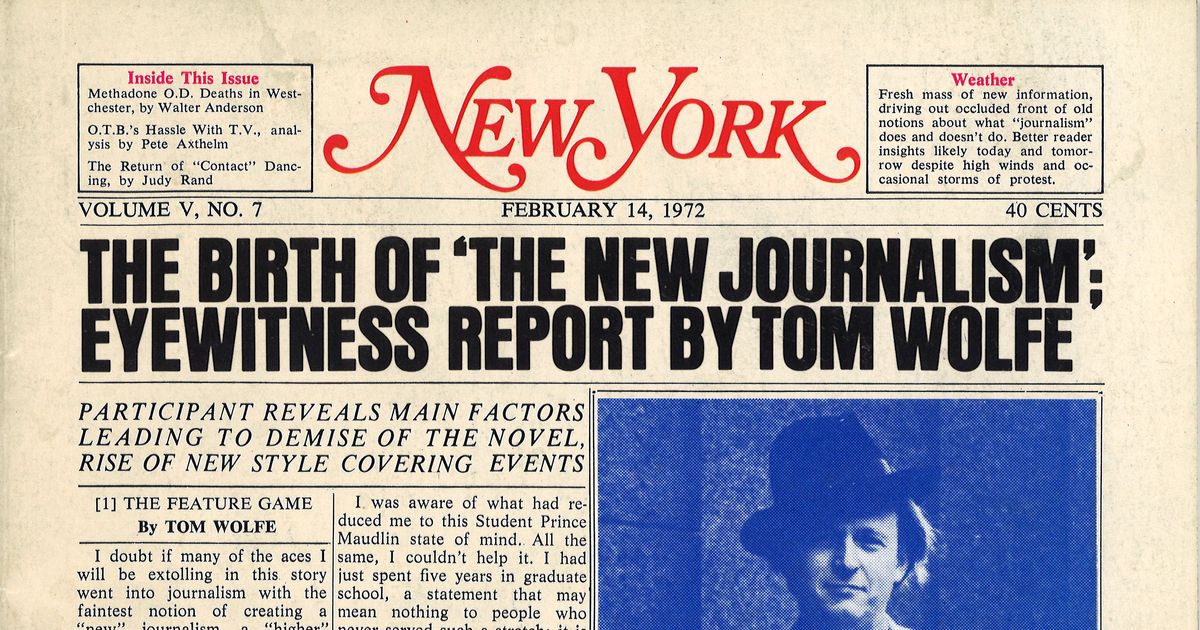How News Articles can Save You Time, Stress, and Money.
How News Articles can Save You Time, Stress, and Money.
Blog Article
How News Articles can Save You Time, Stress, and Money.
Table of ContentsSome Known Questions About News Articles.Little Known Facts About News Articles.News Articles Fundamentals ExplainedGetting My News Articles To WorkA Biased View of News Articles
Good understanding of different subjects provides trainees a competitive side over their peers. Although electronic and social media sites are conveniently easily accessible, we ought to not neglect exactly how important it is to review the newspapers. Parents need to try and inculcate the routine of checking out a paper as an everyday routine to proceed the legacy of the adored print tool.Information tales likewise include a minimum of among the adhering to essential attributes family member to the designated audience: distance, importance, timeliness, human interest, anomaly, or effect. The associated term journalese is often utilized, generally pejoratively, to describe news-style writing. Another is headlinese. Newspapers normally abide by an expository writing style.
Within these limits, information stories additionally intend to be comprehensive. Among the bigger and more reputable newspapers, fairness and balance is a significant variable in presenting details.
Papers with a global audience, for instance, tend to use a more official design of creating. News Articles.; common design guides include the and the US Information Style Publication.
The smart Trick of News Articles That Nobody is Talking About
As a regulation, reporters will certainly not utilize a long word when a short one will do. They use subject-verb-object construction and brilliant, active prose (see Grammar). They use stories, instances and metaphors, and they seldom rely on generalizations or abstract concepts. Information writers try to avoid making use of the same word more than as soon as in a paragraph (sometimes called an "echo" or "word mirror").
Headings in some cases leave out the subject (e.g., "Leaps From Boat, Catches in Wheel") or verb (e.g., "Feline lady lucky"). A subhead (additionally subhed, sub-headline, subheading, caption, deck or dek) can be either a subordinate title under the main headline, or the heading of a subsection of the write-up. It is a heading that precedes the major message, or a group of paragraphs of the primary text.

of a post subject, source, or interviewee), it is referred to as a pulled quote or draw quote. Added billboards of any of these kinds may appear later on in the short article (especially on succeeding web pages) to entice more analysis. Journalistic websites occasionally make use of animation techniques to exchange one signboard for one more (e.g.
Our News Articles Diaries
Such billboards are also used as pointers to the article in other areas of the publication or site, or as ads for the piece in other magazine or sites. News release of the Swiss government. Regular structure with title, lead paragraph (summary in strong), other paragraphs (information) and call information.
Example of a hard-lead paragraph NASA is proposing another space task. The firm's spending plan demand, announced today, included a strategy to send out an additional objective to the Moon. This moment the firm intends to establish a long-lasting facility as a jumping-off place for other area adventures. The budget requests about $10 billion for the project.
An "off-lead" is the 2nd most essential front page Homepage news of the day. To "bury the lead" is to begin the article with background info or details of second value to the visitors, compeling them to review even more deeply right into a write-up than they need to have to in order to discover the essential points.
How News Articles can Save You Time, Stress, and Money.
Typical usage is that a person or more sentences each create their very own paragraph. Reporters usually explain the company or framework of a news story as an upside down pyramid. The important and most intriguing aspects of a story are placed at the beginning, with sustaining information complying with in order of reducing relevance.
It permits individuals to discover a subject to only the deepness that their interest takes them, and without the imposition of details or nuances that they could take into consideration unimportant, however still making that information visit the site available to much more interested readers. The inverted pyramid structure also makes it possible for articles to be cut to any type of arbitrary length during layout, to suit the room offered.
Some writers begin their tales with the "1-2-3 lead", yet there are many kinds of lead available. A kicker can refer to multiple things: The last story in the information broadcast; a "happy" tale to finish the show.
Longer short articles, such as publication cover articles and the pieces that lead the inside sections of a newspaper, are referred to as. Function stories differ from straight news in a number of methods. Foremost is the lack of a straight-news lead, many of the time. Rather of providing the essence of a tale up front, attribute writers might attempt to entice readers in.
What Does News Articles Mean?
A feature's very first paragraphs commonly connect an intriguing moment or occasion, as in an "unscientific lead". From the details of an individual or episode, its sight promptly expands to generalities concerning the story's subject.

The Editor's Toolbox: A Reference Overview for Beginners and Professionals (2001) Allan M. Siegal and William G. Connolly. The New York Times Handbook of Design and Usage: The Authorities Style Overview Used by the Writers and Editors of the World's try this site Many Reliable Paper (2002) M. L. Stein, Susan Paterno, and R.
Report this page